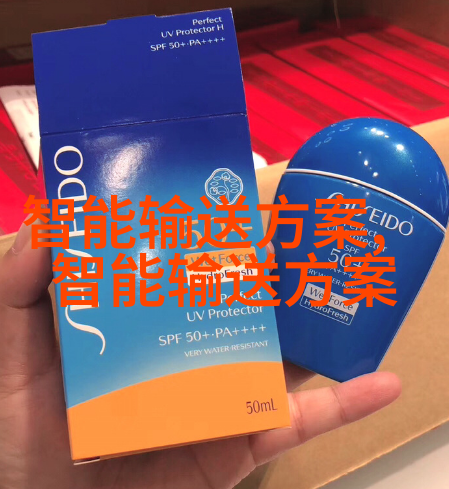酸性废气处理技术与环境可持续发展的探究

一、引言
在现代工业化进程中,各种类型的废气排放问题日益突出,其中酸性废气作为一种对环境和人类健康构成潜在威胁的污染物,其处理技术成为当前研究热点。酸性废气是指pH值低于7的含有硫氧化物、氯化物等有害组分的废气,这些组分不仅对人体健康造成伤害,还会破坏土壤和水体生态平衡,对自然环境产生严重影响。本文旨在探讨酸性废气处理方法,并分析其对于环境可持续发展的意义。

二、酸性废气形成原因与特征
1.1 acid gas formation causes and characteristics

acidic gases are formed during various industrial processes, including coal combustion, smelting of metals, chemical manufacturing and oil refining. These gases are characterized by their corrosive properties and ability to react with water vapor in the atmosphere to form acid rain.
三、对酸性废气处理方法概述

3.1 Acid Gas Treatment Technologies Overview
Acid gas treatment technologies can be broadly classified into two categories: post-combustion control technologies and pre-combustion control technologies. Post-combustion control technologies include wet scrubbing, dry scrubbing and electrostatic precipitation while pre-combustion control technologies include fuel desulfurization, flue gas desulfurization (FGD) and selective catalytic reduction (SCR).

四、湿式除尘法(Wet Scrubbing)及其应用实例
4.1 Wet Scrubbing Technology & Case Studies
Wet scrubbing is a widely used method for removing acidic gases from flue gas streams. It involves spraying a liquid solution or slurry into the gas stream which captures the acidic pollutants through absorption or neutralization reactions.
五、高效脱硫技术(Dry Scrubbing)的优势与挑战
5.1 Advantages & Challenges of Dry Scrubbing Technology
Dry scrubbing technology uses solid sorbents such as lime or limestone to remove acidic pollutants from flue gas streams without using water as a reagent. This technology offers several advantages over traditional wet scrubbers but also presents some challenges in terms of energy consumption and equipment design.
六、电静离子沉降法(Electrostatic Precipitation)的原理及应用场景
6.1 Principle & Applications of Electrostatic Precipitation Technology
Electrostatic precipitation technology utilizes electrical forces to attract charged particles in the air stream towards an electrode where they accumulate on its surface forming an electrostatic precipitate that can be easily removed from the system.
七、新兴脱硫技术:催化剂选择性的还原法(Selective Catalytic Reduction)
7.1 Emerging Desulfurization Technologies: Selective Catalytic Reduction
Selective catalytic reduction (SCR) is an advanced process for reducing sulfur dioxide emissions from power plants by injecting ammonia into the exhaust gases before they enter a catalyst bed where it reacts with NOx species under controlled conditions producing harmless nitrogen compounds like N2O.
八、结论与展望:将来如何实现更高效率、高效能量利用减少温室效应?
8 Conclusion & Outlook: Future Strategies for Efficient Emission Control & Energy Utilization
In conclusion, effective strategies must be implemented at both source emission reductions through improved industrial practices combined with more efficient waste management systems that minimize environmental impacts while ensuring sustainable development goals are met in order to reduce greenhouse emissions worldwide